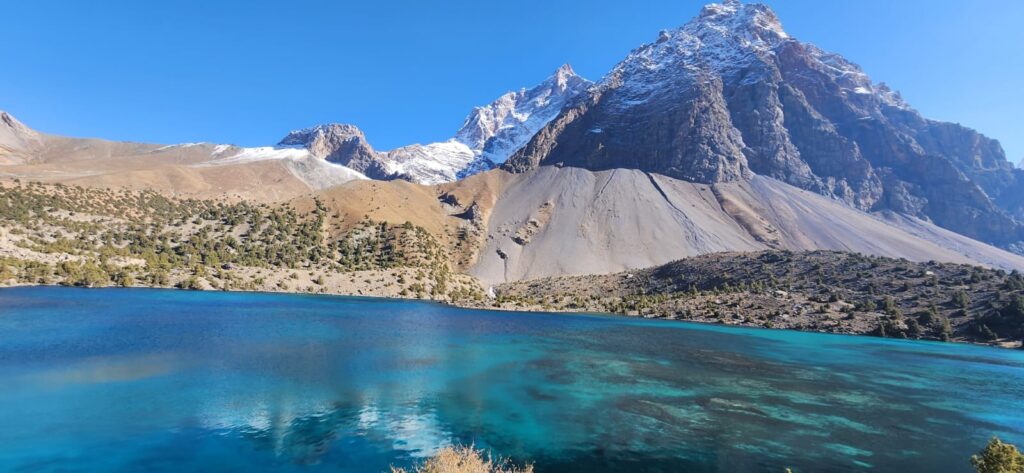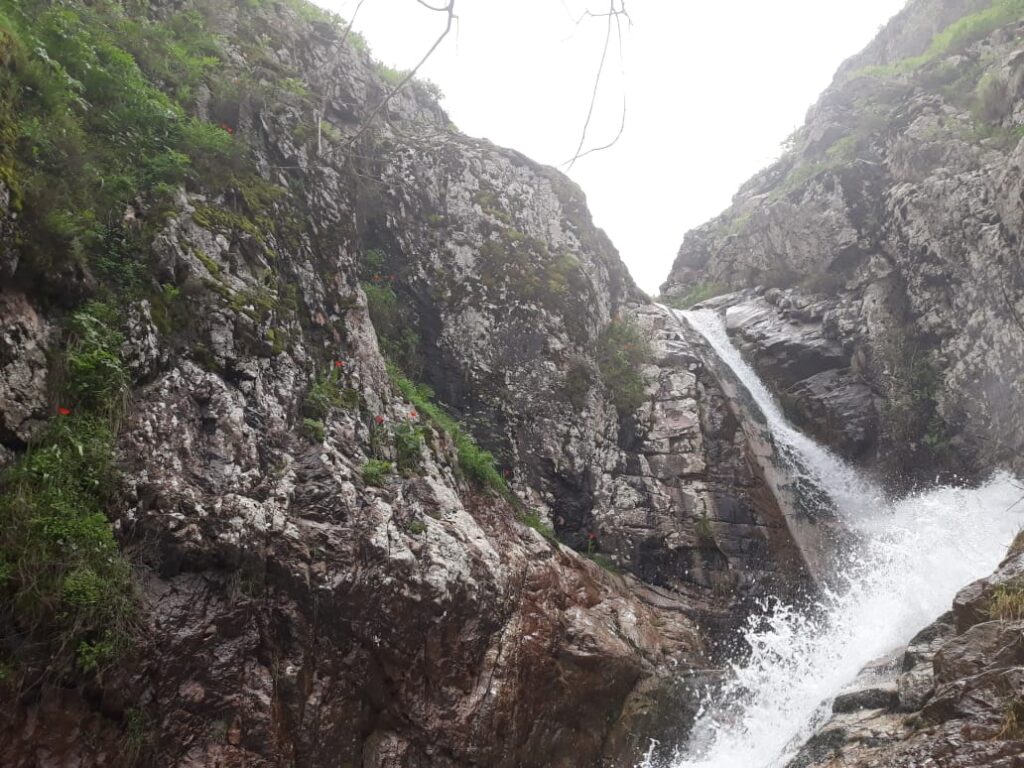The sky above Dushanbe looks impossibly clear on a crisp autumn morning. From the city’s edges, the blue stretches wide, broken only by the snowy ridges of the Gissar Range. To most people, the sky is simply background—a canvas for weather, birds, or airplanes. But for scientists at the Academy of Sciences, it is a protective shield under scrutiny. The ozone layer, invisible yet essential, is thinning in ways that matter deeply for Tajikistan.
Invisible Protection
Ozone sits high above, in the stratosphere, absorbing the sun’s ultraviolet radiation. Without it, life would blister. In the 1980s, the discovery of a growing ozone hole shocked the world, leading to the Montreal Protocol, hailed as one of the most successful environmental treaties. Global progress is real: many ozone-depleting substances are banned, and recovery is underway. Yet regional variations persist, and Central Asia is no exception.
Tajik scientists warn that seasonal thinning leaves the country exposed during spring. A recent report by the Committee for Environmental Protection notes: “Ozone concentrations decrease in March and April, increasing the risk of ultraviolet exposure to agriculture and public health” (CEP, 2015). For farmers preparing to sow and children playing outdoors, the danger is invisible but real.
Measuring the Sky
At the Physical-Technical Institute in Dushanbe, instruments track atmospheric conditions daily. The data are modest compared to international observatories, but they matter. Balloons rise into the sky, carrying sensors that record ozone levels. Collaborations with Russian and European colleagues help calibrate results.
One scientist, speaking to Asia-Plus, explains: “We cannot see ozone, but we can measure its absence. When it thins, the sun burns harder.” His words echo villagers who notice stronger sun in early spring. Teachers in Khatlon say children return from outdoor lessons with reddened skin. Though anecdotal, these observations align with scientific records showing seasonal dips of up to 8–10 percent compared to long-term averages (WMO, 2014).
Agriculture at Risk
The consequences extend beyond health. Crops in Tajikistan rely on delicate timing. Ultraviolet radiation damages seedlings, especially wheat and vegetables planted in spring. Studies from Central Asia show that excessive UV exposure can reduce yields, weaken plant structures, and disrupt pollinators (Bais et al., 2011). In a country where over 70 percent of people depend on agriculture, this is more than a scientific detail: it is a livelihood threat.
The challenge of ozone is that it hides in plain sight. Unlike floods or earthquakes, it leaves no debris. Its damage is silent, cumulative, unfolding in crops that grow weaker, in skin that burns faster, in ecosystems that shift slowly. In Tajikistan, where daily struggles often eclipse the invisible, the ozone layer demands attention precisely because it is so easily overlooked.
Global Links, Local Stakes
Ozone is a global issue with local consequences. Tajikistan, a signatory of the Montreal Protocol, phased out many harmful chemicals in the 1990s. Yet the legacy of old refrigeration systems and industrial solvents lingers. Illegal imports of banned substances have occasionally been reported across Central Asia (UNEP, 2014). The country contributes little to the global problem but suffers its effects.
At international forums, Tajik representatives stress vulnerability. Delegates at the Vienna Convention meeting note that “mountain ecosystems may face amplified risks from ultraviolet radiation due to elevation and snow reflection” (UNEP, 2016). The Pamirs, already fragile, could see compounding stress as glaciers melt and UV exposure rises.
Public Awareness
Despite warnings, public knowledge remains limited. In Dushanbe, few residents connect sunburns or crop failures to the ozone layer. Campaigns by NGOs try to fill the gap. Posters in schools show drawings of a sun with jagged rays, urging children to wear hats. On television, brief announcements advise avoiding midday sun. These efforts are small but important.
A UNDP officer summarizes: “The ozone layer is not a distant science- it is part of our health, our food, our environment. The challenge is to make it visible in people’s minds.”
A Present Urgency
Standing in a field in Khatlon in April, one feels the sun pressing down hard. Farmers plant seedlings quickly, sweat dripping, their skin already reddening. The mountains shimmer in the distance, and the sky seems endless. Yet within that sky lies a fragile shield, thinner than paper, that holds back harm.
Tajikistan’s scientists continue their quiet work, balloons rising into the blue. Their measurements, though small in global terms, remind us that the ozone story is not finished. For a country tied so closely to sun and soil, the atmosphere above remains a vital, if invisible, part of daily life.
References
- Asia-Plus. (2016). Ozone monitoring in Tajikistan: Scientists warn of risks. Asia-Plus News Agency.
- Bais, A. F., Tourpali, K., Kazantzidis, A., et al. (2011). Ozone depletion and climate change: Impacts on UV radiation. Photochemical & Photobiological Sciences, 10(2), 199–224.
- CEP. (2015). National Report on the State of the Environment in Tajikistan. Dushanbe: Committee for Environmental Protection.
- UNEP. (2014). Illegal Trade in Ozone-Depleting Substances: Central Asia Assessment. Nairobi: United Nations Environment Programme.
- UNEP. (2016). Vienna Convention for the Protection of the Ozone Layer: Report of the 2016 Meeting. Nairobi: UNEP.
- WMO. (2014). Scientific Assessment of Ozone Depletion: 2014. Geneva: World Meteorological Organization.








